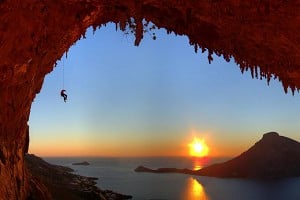
Eve MacCallum shares lessons learned from her first expedition to Greenland.
Last autumn, I returned from a trip to East Greenland with my partner Harry and our friend Ollie, where we spent a month putting up new routes, summitting unclimbed peaks and eating a lot of fish. I thought that exploring one-thousand-metre-high faces - devoid of any previously climbed lines - in stunning, remote landscapes was exclusively for strong climbers with big sponsorship deals. I proved myself wrong.
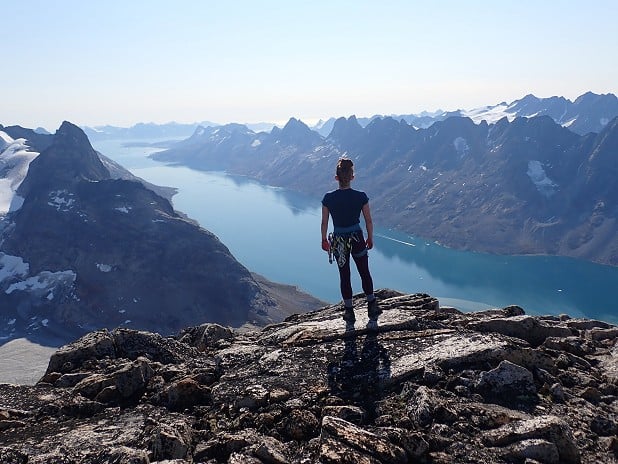
This article is a guide on how to plan your first expedition: from the moment of conception, to the moment you leave all the preparation behind and step out of your front door. I'll cover how to choose a location, find mountaineering objectives, form a team, write an expedition proposal, apply for funding and sponsorship, and figure out logistics.
Choosing a location
This is obviously a key part of planning a trip, but it can be harder than you think when you venture beyond the UKC crag map! You want somewhere inspiring, with suitable objectives, that's logistically feasible. But if you don't have infinite time and money, you want to know there's something worth going for and you're not going to spend a month looking at endless piles of choss.
So how did we end up where we did? Well, we started with a world map. We knew we wanted to travel somewhere near the poles, and the North is closer and therefore a hell of a lot cheaper than the south. Then, during a flight to Canada, we looked down on the mountains of East Greenland. Our decision was made: we just had to go there.
With our hearts set on the location, we trawled the internet for expedition reports. We were looking for places an expedition had been to (or near to), with lots of possible new objectives. When considering routes that a party previously failed to complete, it's worth checking why: lack of time or too much choice is great, but if it was way too hard, loose, or unattractive — maybe not so much! Reading these expedition reports was insightful, but much more useful was actually talking to the climbers themselves. This was honestly the best thing we did when preparing for the trip: time after time we'd hit a problem we didn't know how to solve alone, but it all became clear by reaching out to others.
All of my climbing experience is in the UK, so when I found an area where the mountains are mostly non-glaciated and ~1000m high I thought 'Brilliant- it should feel like home!' In hindsight I should've paid closer attention to the photos, as what looked like a replica of the Cuillin ridge from afar felt nothing like it up close when it was made of loose blocks of lichen covered granite instead of solid gabbro.
Finding funding
I was so surprised by how many funding opportunities there were for our trip. We weren't in a position to be able to fund it ourselves, so convincing others our expedition was a worthwhile endeavour was a critical part of making it happen. The self promotion didn't come easily to us, and we found it hard to sell ourselves and our trip as we tried to convince people to give us money, free food, free kit or discount codes. But we realised that us feeling like outsiders in the world of sponsored expeditions was actually a selling point in itself. The idea of our expedition was to show that a group of friends with not much money or experience could make a trip like this happen. To get funding this is what we did:
Step 1: Write a trip proposal (see below)
Step 2: Make a list of grants to apply for and organisations to contact
Step 3: Find out about each one- what they value, what they look for, what they offer, why they'd be interested in your trip
Step 4: Think about what you can offer, are you willing to write articles, write a trip report, take photos, post on social media
Step 5: Send each an application/ email personalised to them. Explain who you are, what you're doing, why you're approaching them, and attach the proposal document.
Step 6: Be prepared for rejection. Also be prepared to send follow ups- we found this led to some success.
Writing an Expedition Proposal
The expedition proposal is the document that tells anyone that may want to sponsor/ fund your trip everything they might want to know. It is also a really helpful exercise for you and your team to make sure you've thought through everything and are all on the same page. A lot of advertised funding opportunities have application forms for you to fill out, but we found their questions were very similar to our proposal's sections, so a lot could be copied across. Below is the contents we used to structure our report.
Contents:
The Journey
- Team
- Location
- Objective (laid out mountaineering aims)
- Goals (what we hope to get out of it)
Planning
- Ethos and environmental impact
- Research and resources
- Training
- Itinerary
- Emergency / Evacuation procedures
Post Expedition / Media
Appendix A: Risk assessment
Appendix B: Financial proposal
Appendix C: Contacts (for us)
Try to keep the proposal as concise as possible, but make sure to still include all information you think is important. Write it in simple English, from you and your teammates.
Picking your objectives
We learnt over and over on our trip that it's really quite hard to gauge how big, how solid and how difficult routes will be from the ground. We wrote our expedition proposal based on a traverse of a ridgeline, but in reality it was too loose and steep to be feasible, let alone enjoyable. Instead we spotted a stunning looking peak along the ridge, and finding an amenable line up this turned out to be a much more satisfying outing. Afterwards, whilst in basecamp, we spotted a crag that we weren't even aware of before we arrived, but after extensive searching through binoculars (well worth taking), we opened a brilliant 9 pitch route up it. So, original goals went out of the window, but in trying them we learnt about the character of the mountains, and came up with much better ideas for objectives for our trip. The lesson here is don't get too set on specific ideas, and keep an open mind.
Building a team
Through trying to get this expedition off the ground I've learnt that gathering a suitable and committed team can be quite a challenge. I tried to organise a trip to Greenland in 2019, but I didn't have the capacity to plan the expedition, write a proposal and apply for funding on my own. I tried to gather a team at the stage where I had a few ideas of where we could go, but not a concrete plan yet. Everyone seemed really keen and excited, but no one wanted to commit either to booking flights or to writing a proposal and putting in hours of research. Covid then put it all on hold, then in late 2022 I decided to have another go.
This time, Harry and I committed to going - whether or not others joined us - so we got researching and made good progress on writing a proposal before we invited others to join. The upside of this meant we had a trip plan for people to look at; the downside was we were only giving people a few months notice and many had jobs they couldn't get leave from that soon. Ollie, however, was free, and joined us in polishing the proposal ready to send off to potential sponsors. What I learnt from these two experiences is the easiest way to form a team is to commit to going, do the research and write a rough proposal before you recruit people, but to do all of this as far in advance of the trip as you can.
The nice thing about having just three of us was that it was easy to make collective decisions. We felt safer than having just two of us, yet we were small enough to avoid the faff of a large group.
The next thing to think about is you're going to be in close quarters with one another, in challenging situations, for a long time without contact with anyone else. It goes without saying: go and climb and camp with each other before you go! Get used to airing any grievances with each other in a productive way, and working together as a team. Then it's worth thinking about the skills you'll need on your trip, and whether between you you have them all covered or not: do you need to know how to use a rifle? Catch a fish? Can you all climb to a sufficient standard? Do you all know first aid? Do this early and get training if not.
Logistics
I found sorting all the logistics of the trip to be one of the most daunting parts: if the climbing doesn't work out, no biggie — but if your food runs out, you don't have a gun, or your lift doesn't pick you up, that's a much bigger problem! The advice I would give is to take it all one problem at a time, and stay optimistic. This could be a whole article in itself, but here are a few points we had to consider.
- Flights: To remote places flights can be expensive and infrequent. Onward Travel can be hard to arrange if you can't contact locals in advance
- Food: Do you take it in extra baggage? Can you buy it there? Do you ship it in?
- Insurance: Safety practices specific to where you're going: (E.g.- guns, bear fence in the Arctic) how do you get hold of them? Can you practise using them?
- Fuel
- First Aid & medicines: What do you need and how do you use it? It's worth going to a GP and asking whether you can get any medicines to take with you just in case.
- Emergency escape: What are your options for a- getting down back to basecamp, or b- getting back to a town?
- Redundancy: e.g.- stoves, food you can cook cold, two tents, repair kit etc.
- Communications
- Power: We took a powerbank each which we charged with a solar charger. The solar charger was one of the best things we took on the whole trip.
- Maps: Do they exist or do you need to make them? How can you get hold of them?
- Permits: Do you need them? How can you get them?
It's all a big exercise in what-ifs. What could go wrong, how could we prevent it happening, and if it does happen what should we do? Chances are it'll work out, but the more remote and longer the trip the more it's worth thinking through all that can go wrong. Make a risk assessment, and then afterwards, take yourself for a walk and try not to let all of it get to you so much you no longer want to go! If you're like me, this can feel initially overwhelming , but remember in doing it you're making yourself safer. We found it was really helpful to speak to locals or people that have been on trips to the area you're going to before. Even if they're not climbers, they've probably had to solve a lot of the same issues.
Some thoughts
I've learnt that a lot of what's needed to take on expeditions like this isn't at all related to the grades you can climb. Sure, having more grades in hand opens up more routes to you, but not having climbed E6 certainly doesn't mean that it's not worth going. Really, what it's taken is spending a long time with a conviction that it could work, finding a good team, and thinking everything through.
It's been about planning, reaching out to people, applying to funding, backing ourselves, analysing risks, and just getting ourselves there. It helped to remember that job one was to stay safe and look after each other and job two was to have fun. Then, once we were comfortable and enjoying ourselves, that's when we managed to succeed in our mountaineering goals. I can see why people go back for more; committing to a long and remote expedition and coming home having enjoyed yourself is really pretty satisfying.
If you'd like to see more about our Greenland expedition I've been documenting the trip on my Instagram page.




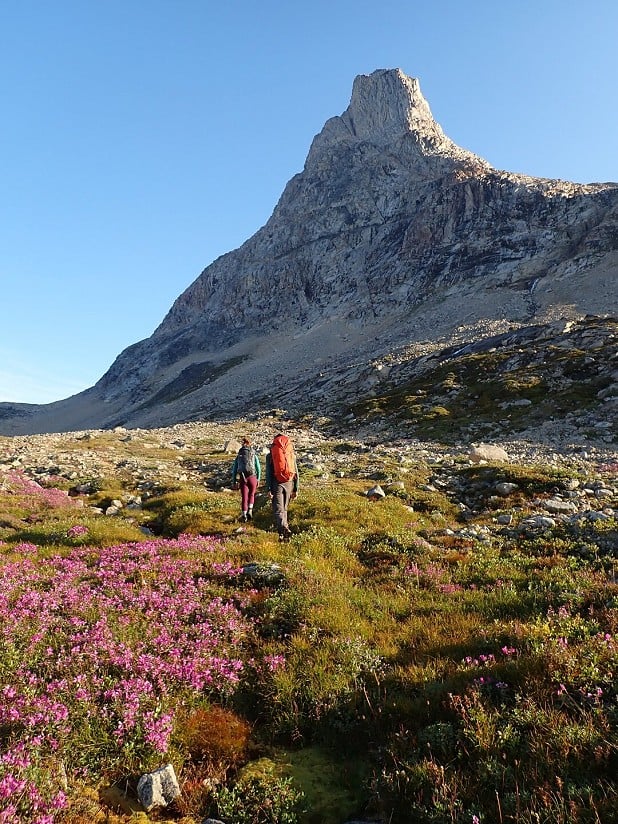
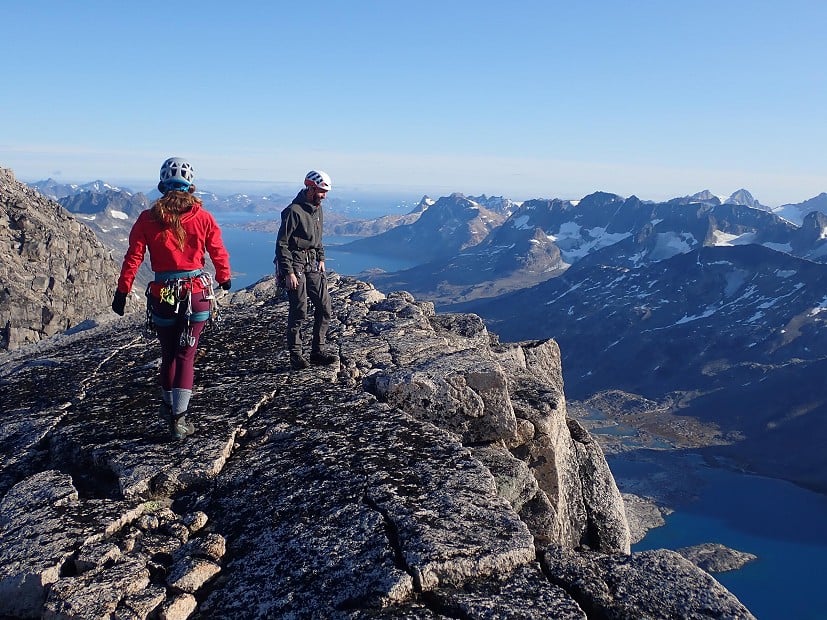
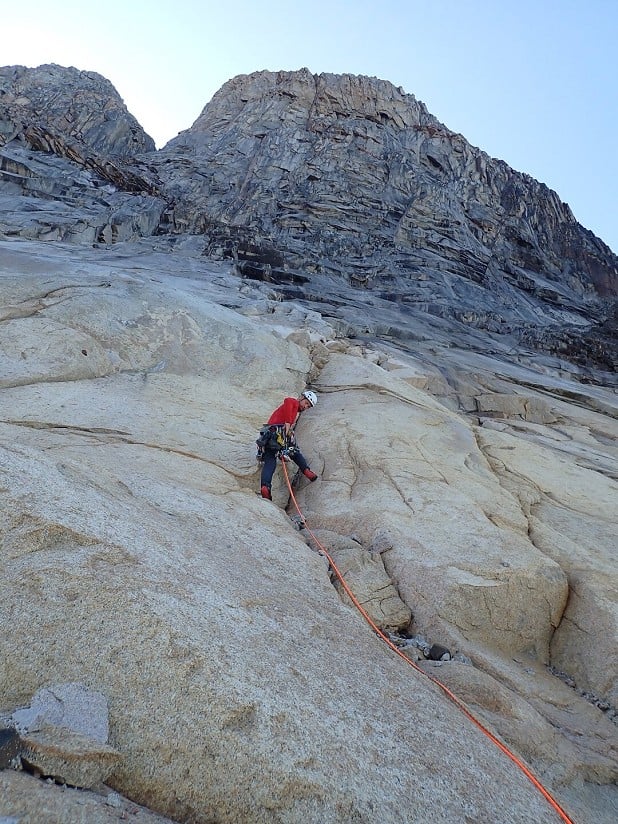
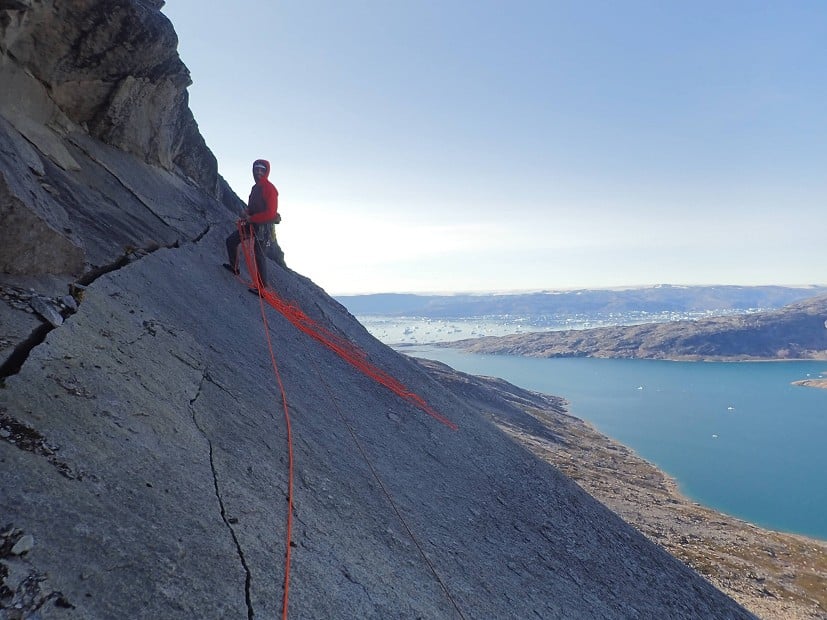
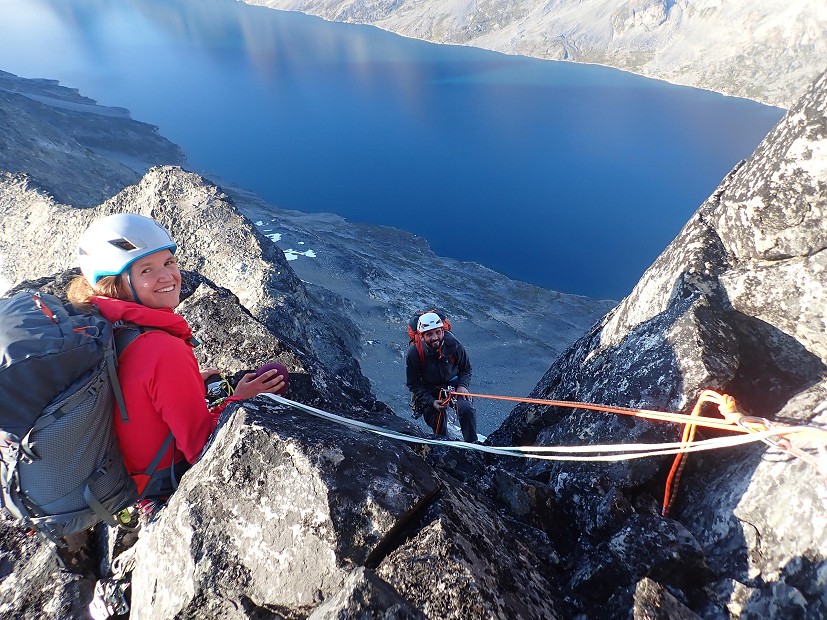
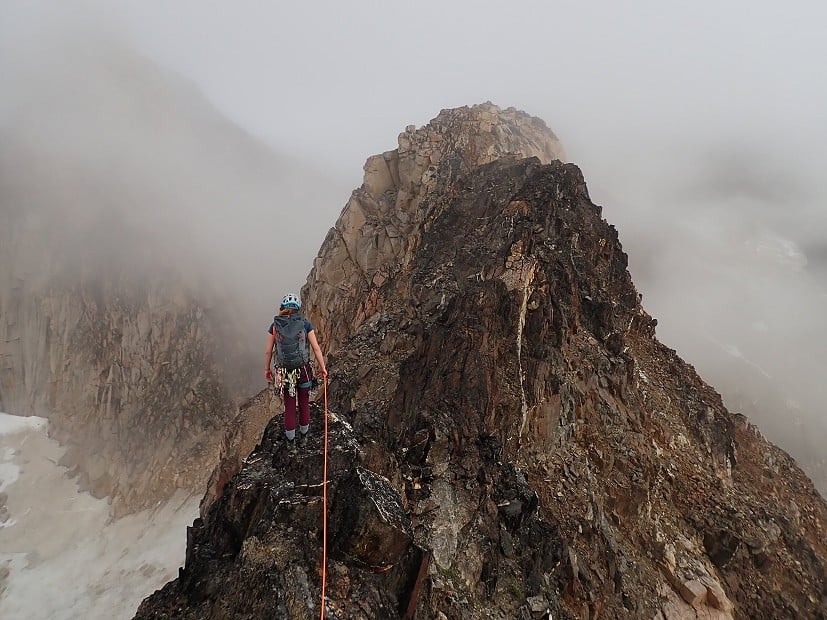
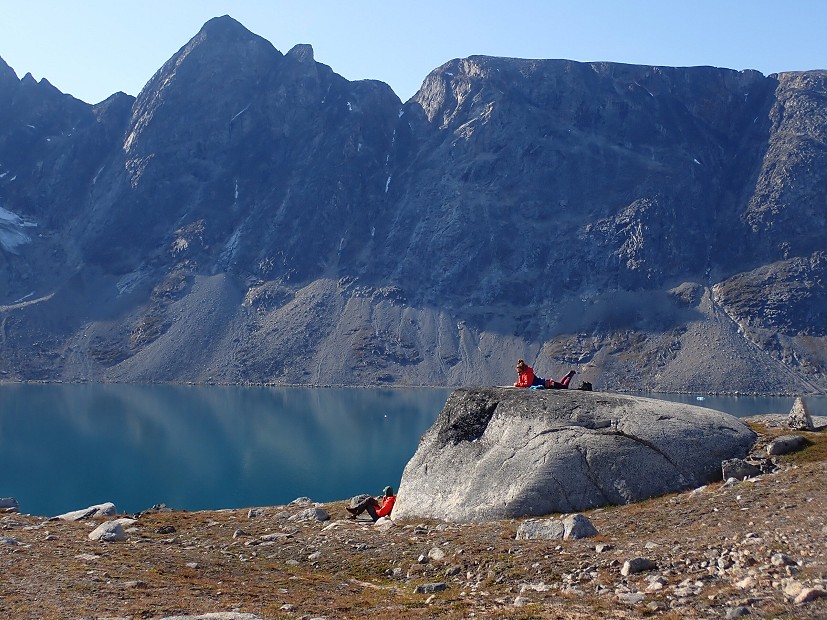
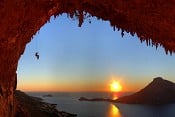
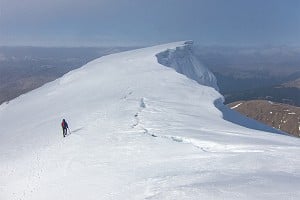
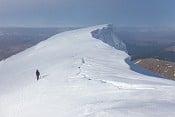
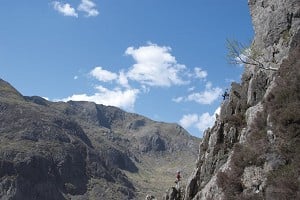









Comments